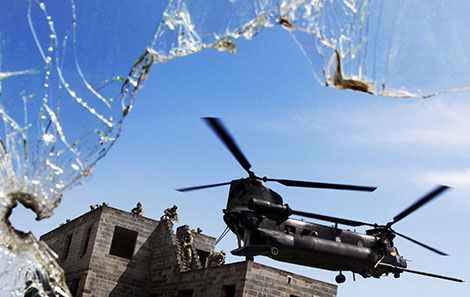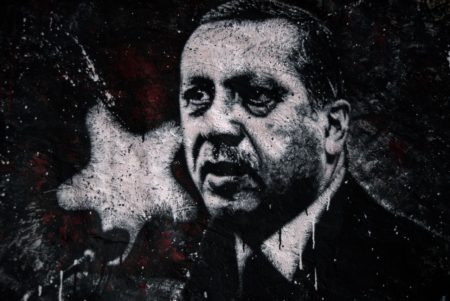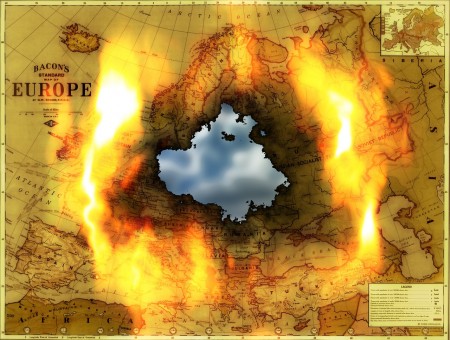
This article was published by War is Boring on 5 January 2017.
They could be found on the outskirts of Sirte, Libya, supporting local militia fighters, and in Mukalla, Yemen, backing troops from the United Arab Emirates. At Saakow, a remote outpost in southern Somalia, they assisted local commandos in killing several members of the terror group Al Shabab.
Around the cities of Jarabulus and Al-Rai in northern Syria, they partnered with both Turkish soldiers and Syrian militias, while also embedding with Kurdish YPG fighters and the Syrian Democratic Forces. Across the border in Iraq, still others joined the fight to liberate the city of Mosul. And in Afghanistan, they assisted indigenous forces in various missions, just as they have every year since 2001.
For America, 2016 may have been the year of the commando. In one conflict zone after another across the northern tier of Africa and the Greater Middle East, U.S. special operations forces — aka SOF — waged their particular brand of low-profile warfare.




